Time Periods
Paleolithic
Mesolithic
Neolithic
Chalcolithic
Bronze Age
Iron Age
Classical Period
Post-Classical Period
Early Modern Period
Industrial Period
Contemporary Period
Time Periods
Paleolithic
Mesolithic
Neolithic
Chalcolithic
Bronze Age
Iron Age
Classical Period
Post-Classical Period
Early Modern Period
Industrial Period
Contemporary Period
Location
About
The Rawak Stupa, located on the southern rim of the Taklamakan Desert in Xinjiang, China, is a significant archaeological site from the Kingdom of Khotan, situated along the ancient Silk Road. This Buddhist stupa forms a part of a three-dimensional mandala and is surrounded by a courtyard enclosed by a wall adorned with terracotta reliefs and wall paintings. The site is characterized by its cruciform-shaped base, which features protruding staircases and a high-positioned relic chamber within the dome, indicative of its fourth to fifth-century origins. The stupa and its surrounding structures were originally adorned with numerous colossal statues, reflecting a blend of artistic styles and religious significance. Finds such as coins and stylistic analysis of the statues have helped date the site, underscoring its importance in the study of Buddhist architecture and the spread of Buddhism along the Silk Road.
Gallery
Explore photographs of ancient structures, artifacts, and archaeological excavations at Rawak Stupa
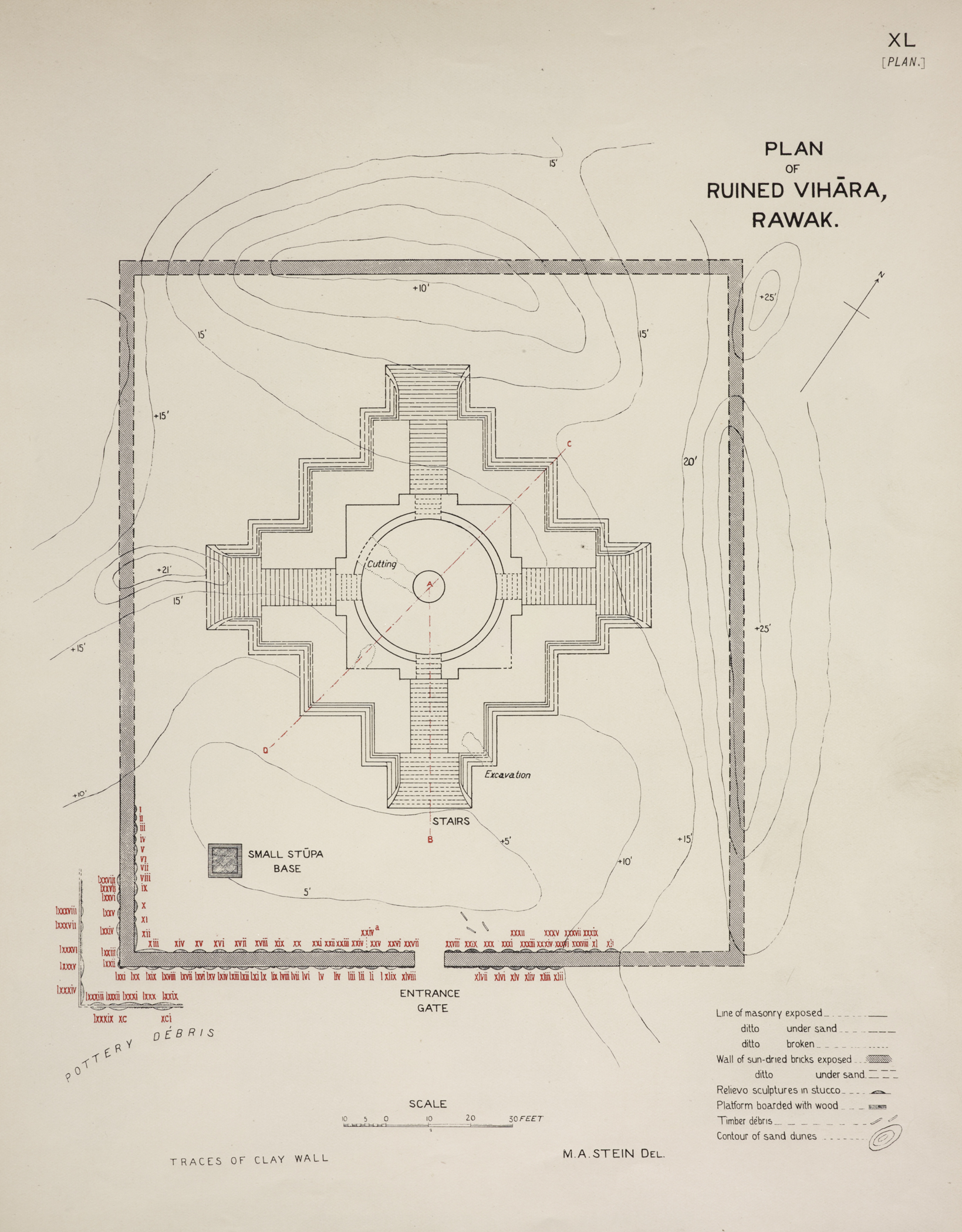

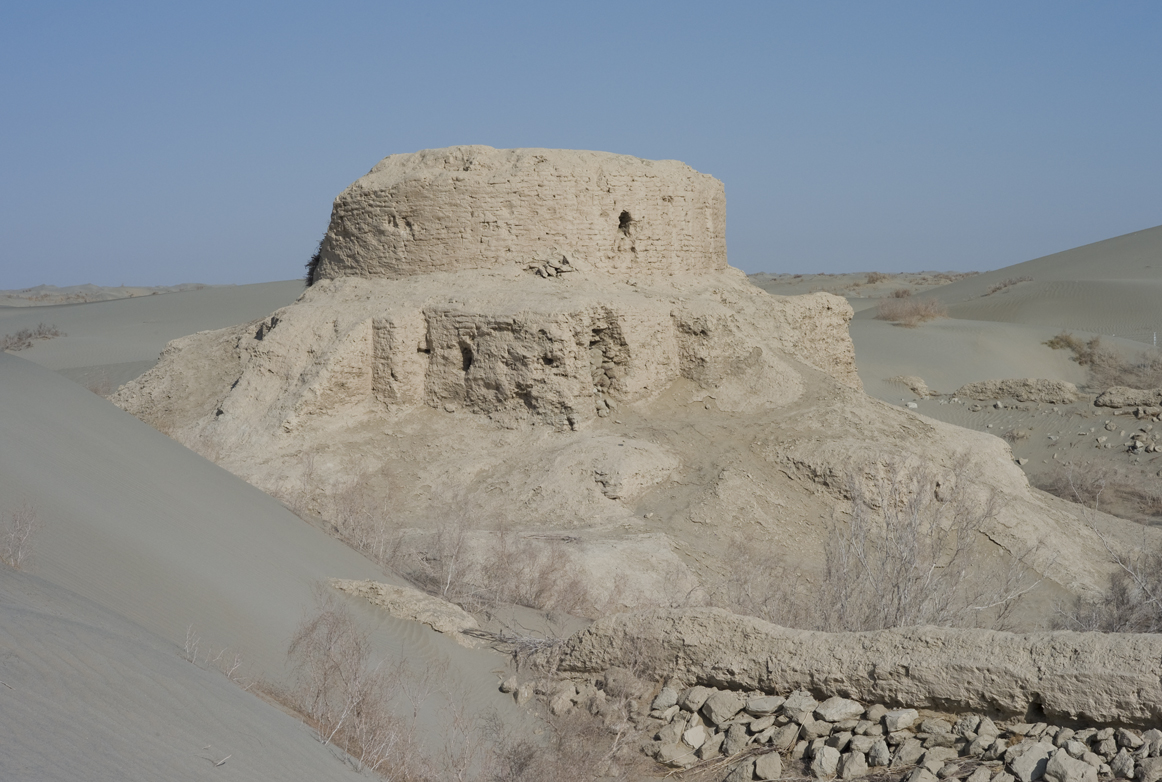
Archaeological Features
Explore the unique architectural and cultural elements found at this historical site
Religious and Ritual Structures
Artistic and Decorative Features
Historical Timeline
Journey through time and discover key events in this site's archaeological history
Plan Your Visit
Details
- Country
- China
- Source
- Wikipedia
More Sites in China
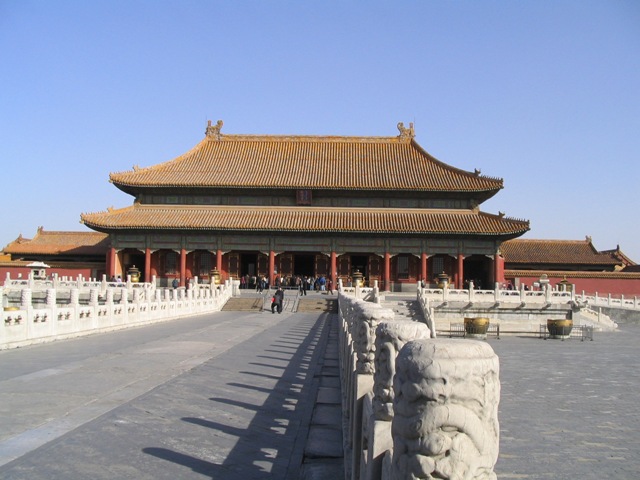
Zhaojun Tomb
Honorary tomb with 33-meter burial mound
Ye (Hebei)
Ancient Chinese city, significant historical capital
Guangfulin
Neolithic to Zhou dynasty archaeological site
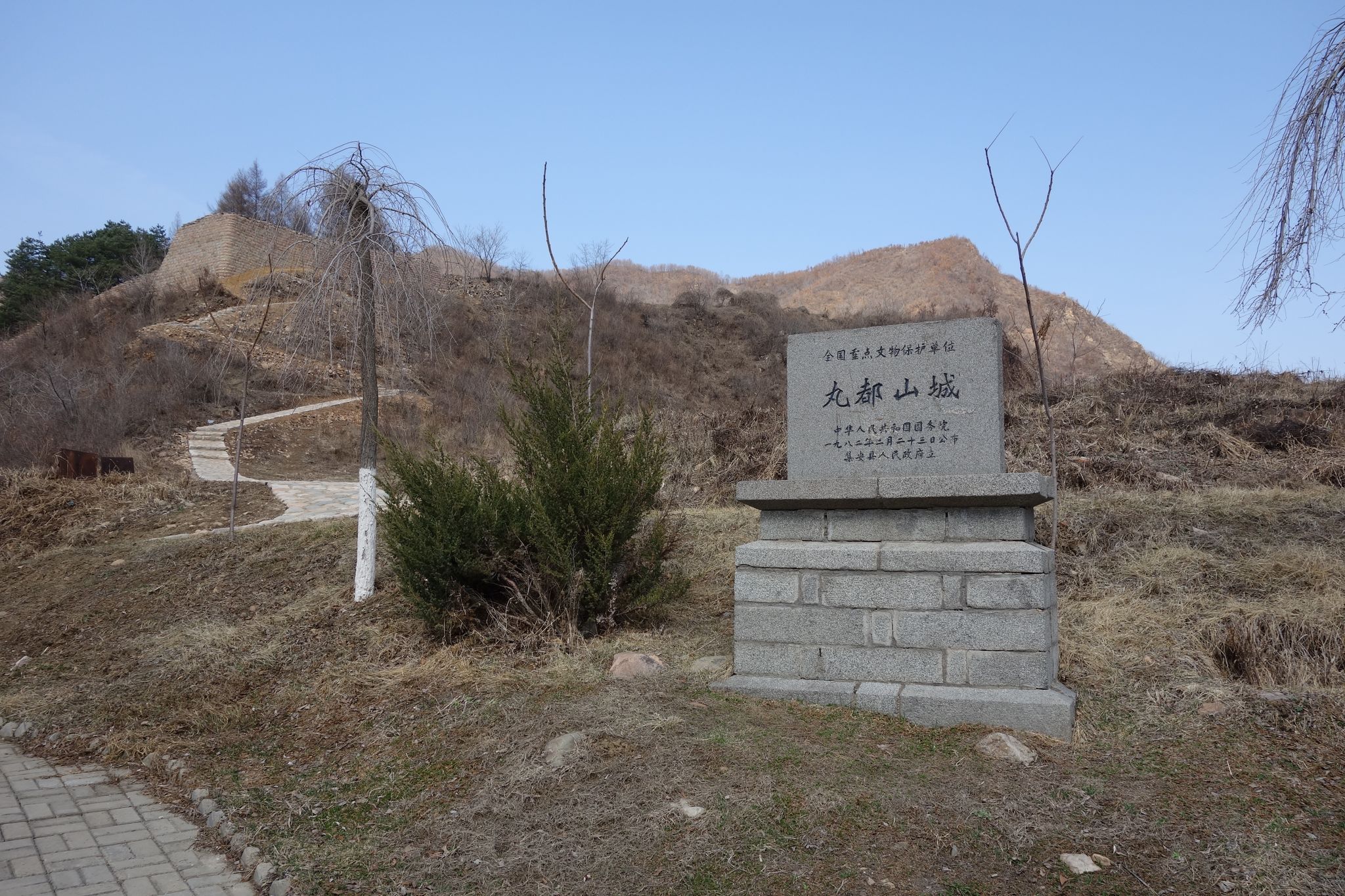
Hwando
Mountain fortress protecting Goguryeo capital
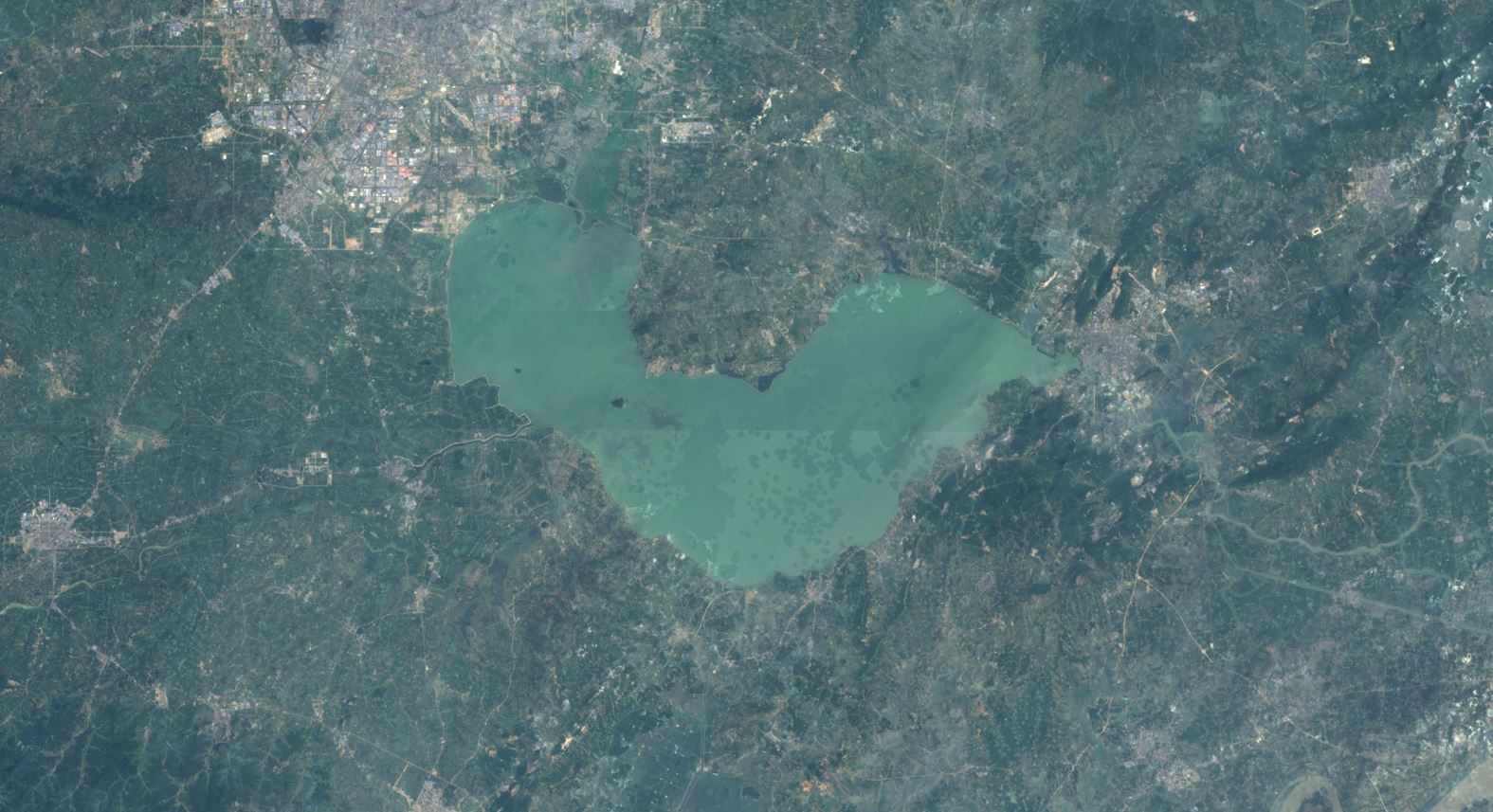
Chao Hu Lake Archaeological Sites
Ancient settlements in Chao Lake basin
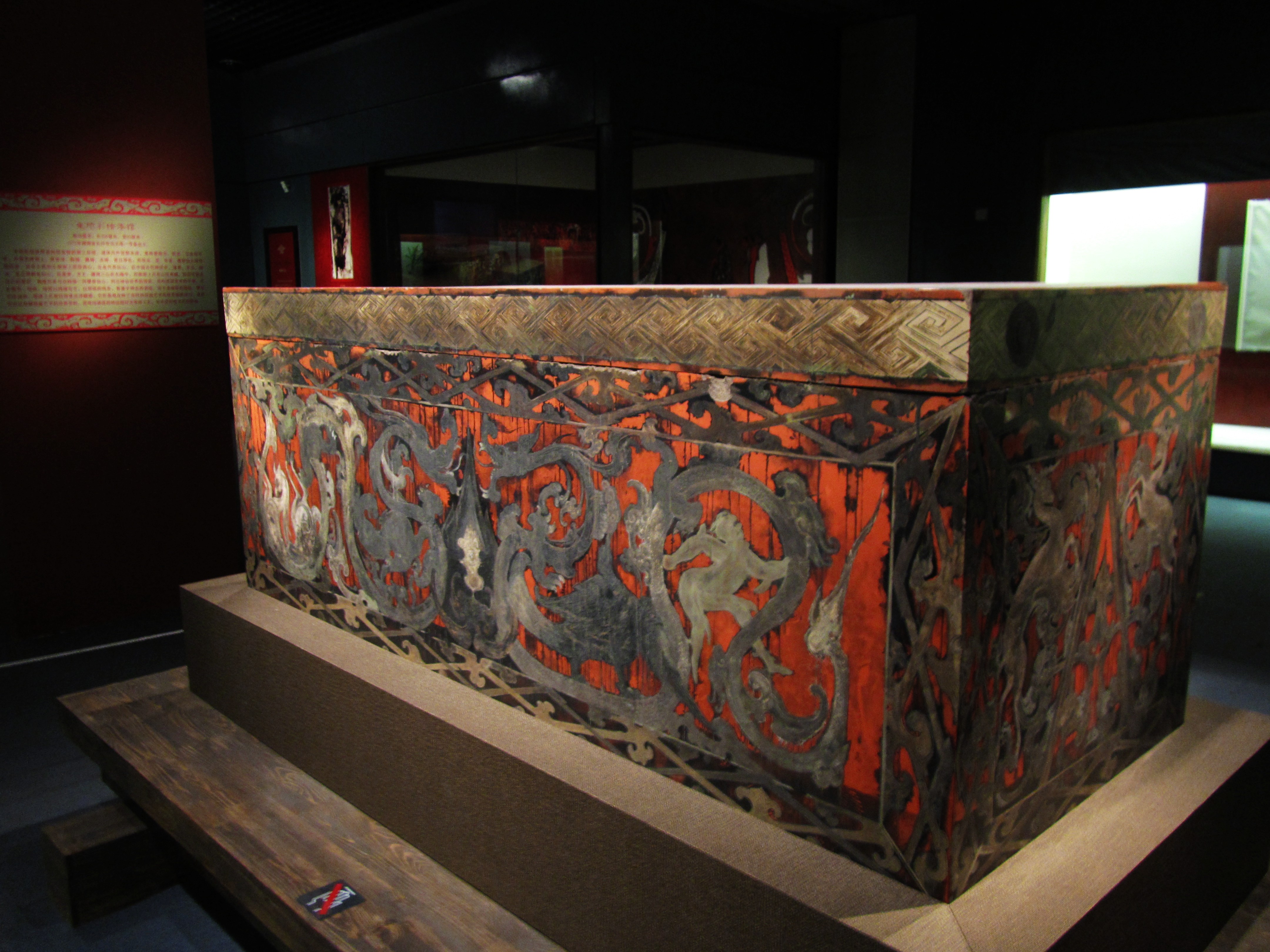
Mawangdui
Western Han dynasty tombs with artifacts